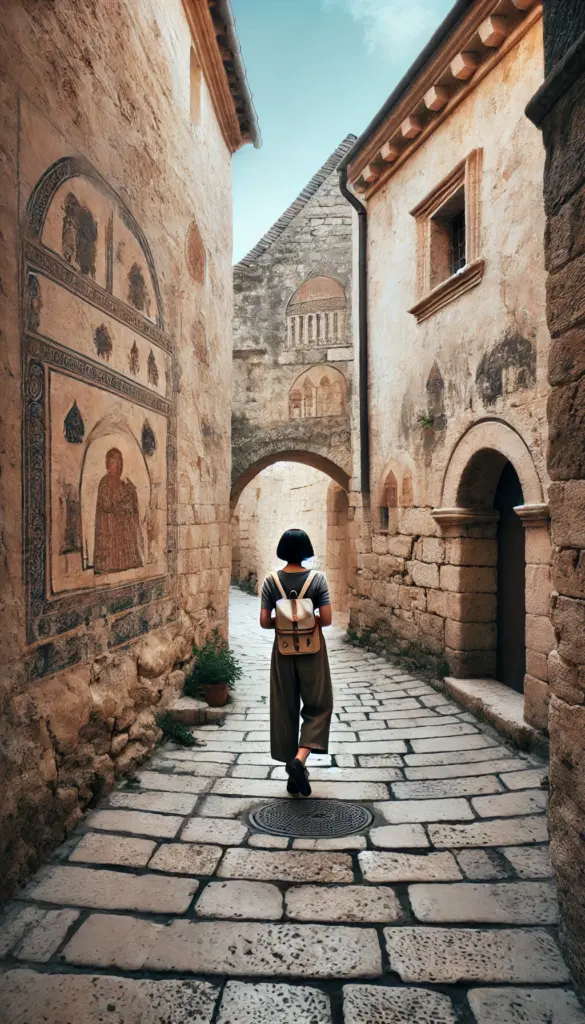ChatGPT:
Trevi, Italy, is a small, picturesque hilltop town located in the region of Umbria, known for its medieval charm, olive groves, and stunning views of the Umbrian valley. It’s situated along the Via Flaminia, a historic Roman road, between the cities of Spoleto and Foligno.
Origin and History
Trevi’s origins trace back to the Umbrian people, an ancient civilization that inhabited central Italy before the rise of Rome. During the Roman era, Trevi was an important town, benefiting from its location along the Via Flaminia, which facilitated trade and communication between Rome and the northern provinces.
In the early Middle Ages, Trevi fell under the control of the Lombards and then the Holy Roman Empire. The town was often contested by the neighboring cities of Spoleto and Foligno, which led to the construction of strong defensive walls that can still be seen today.
During the 14th and 15th centuries, Trevi became a self-governing commune under papal rule. The Renaissance period was a time of cultural and economic growth for Trevi, especially with the flourishing of olive oil production, which remains central to the town’s economy and identity today.
In the modern era, Trevi has retained its historic character, with cobblestone streets, medieval towers, and beautifully preserved buildings. It is also well-known for its production of high-quality olive oil, earning it recognition as one of the key olive oil towns in Italy.
The town’s main attractions include the Church of San Emiliano, the 14th-century Palazzo Comunale, and the Museo della Civiltà dell’Ulivo, dedicated to the history and culture of olive cultivation.
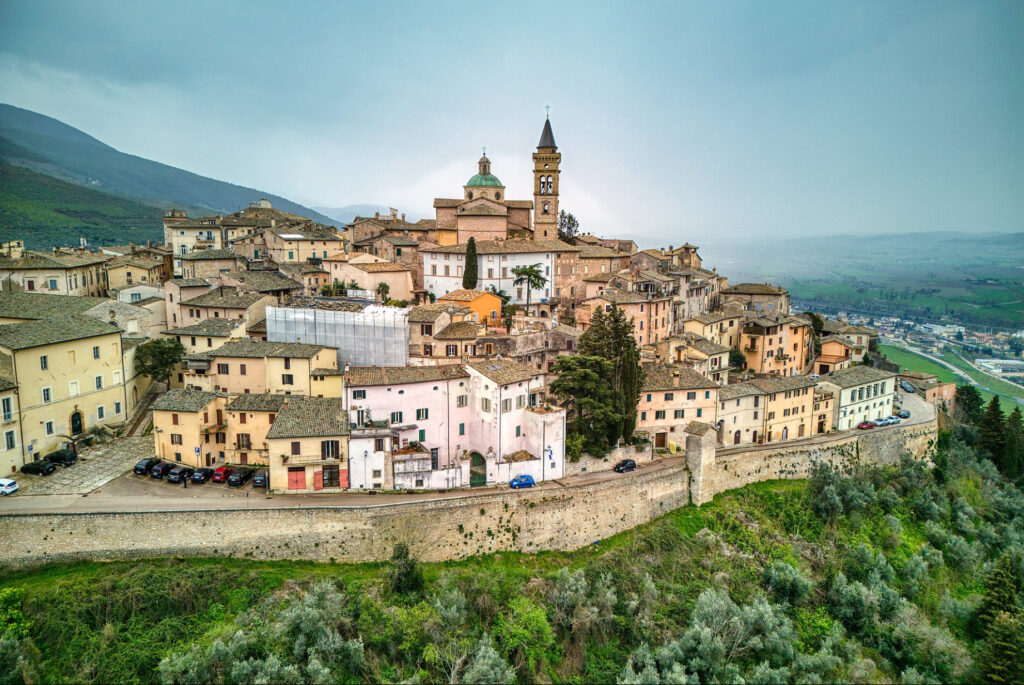
Trevi and its surrounding area offer a variety of historical monuments and attractions that reflect the region’s rich heritage. Here’s a list of some key sites to explore:
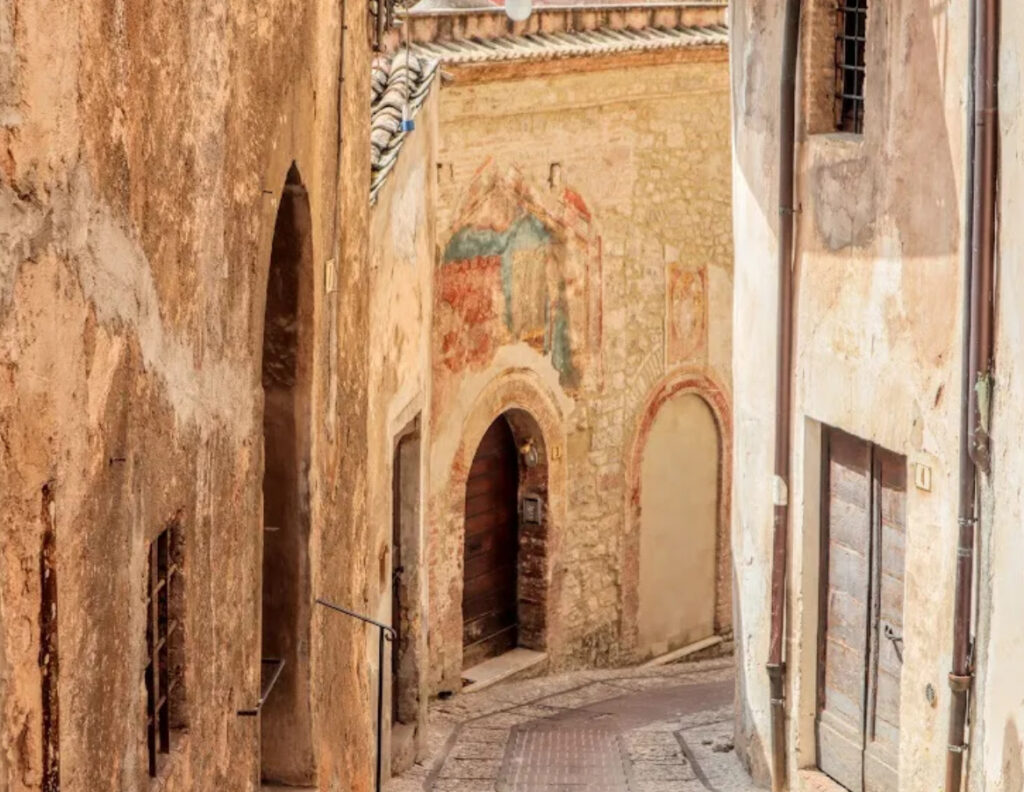
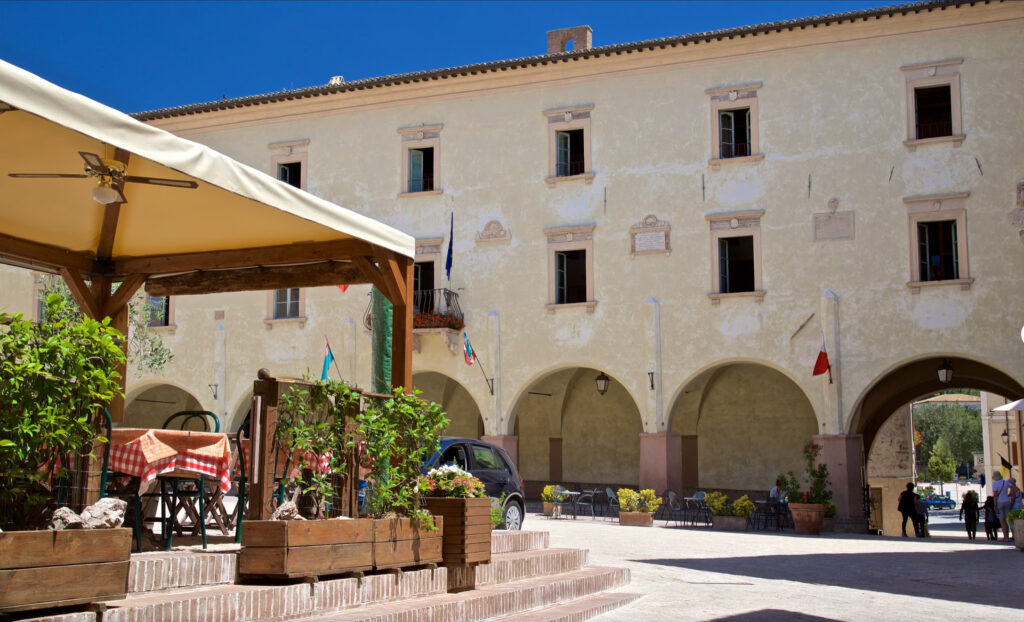
- Church of San Emiliano: The main church in Trevi, dedicated to the town’s patron saint. It has a beautiful Romanesque facade and houses notable works of Renaissance art.
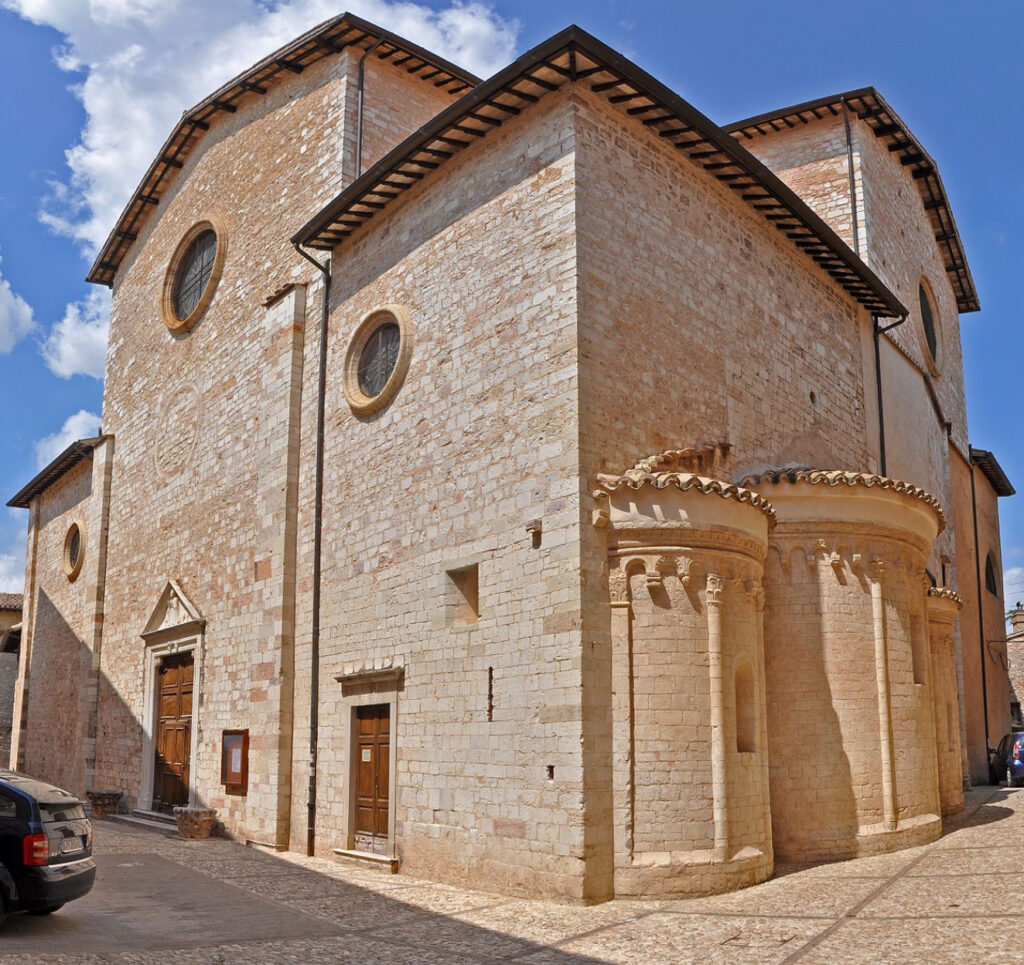
- Palazzo Comunale (Town Hall): A medieval building that once served as the seat of the local government. It features impressive architecture and frescoes.

- San Francesco Church and Museum: A 13th-century church with beautiful frescoes and an adjoining museum that exhibits religious art and artifacts from the region.
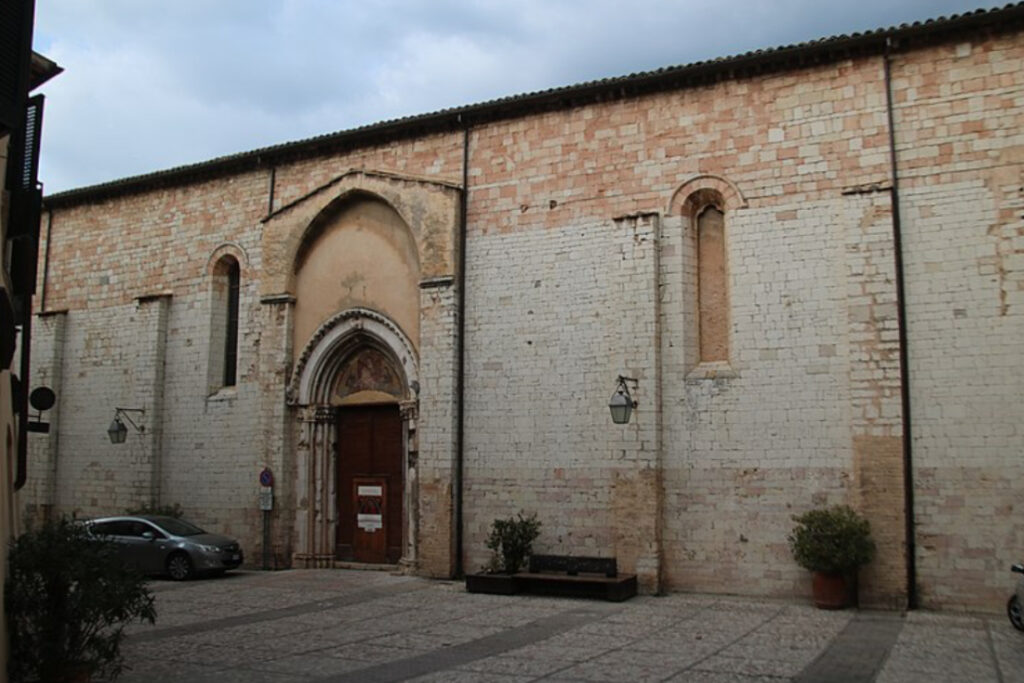
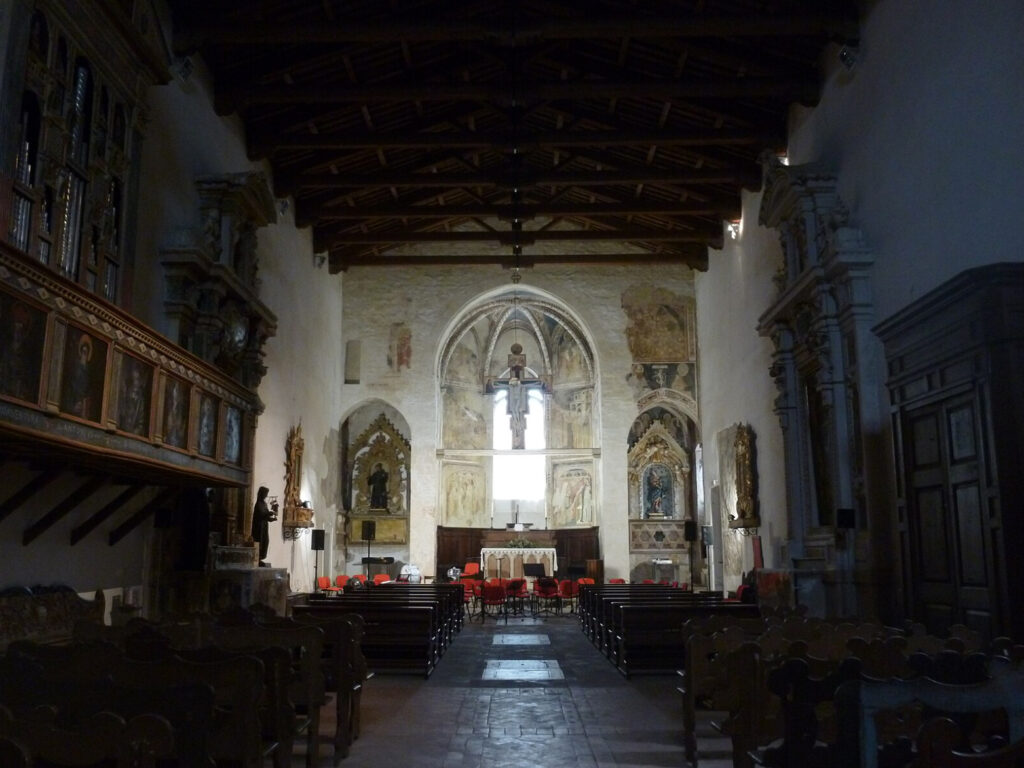
- Villa Fabri: An elegant Renaissance villa surrounded by gardens, offering beautiful views of the surrounding valley.
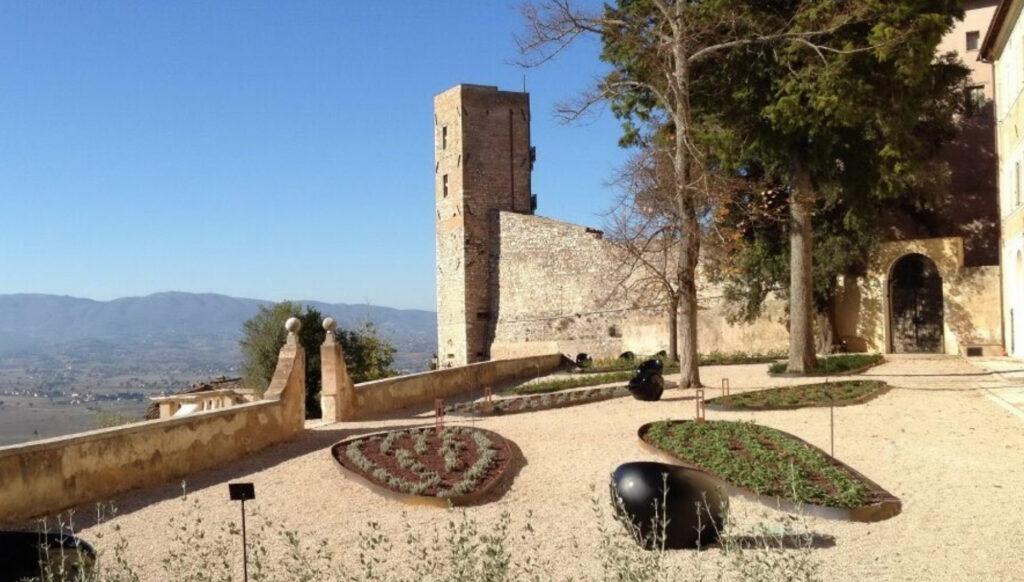
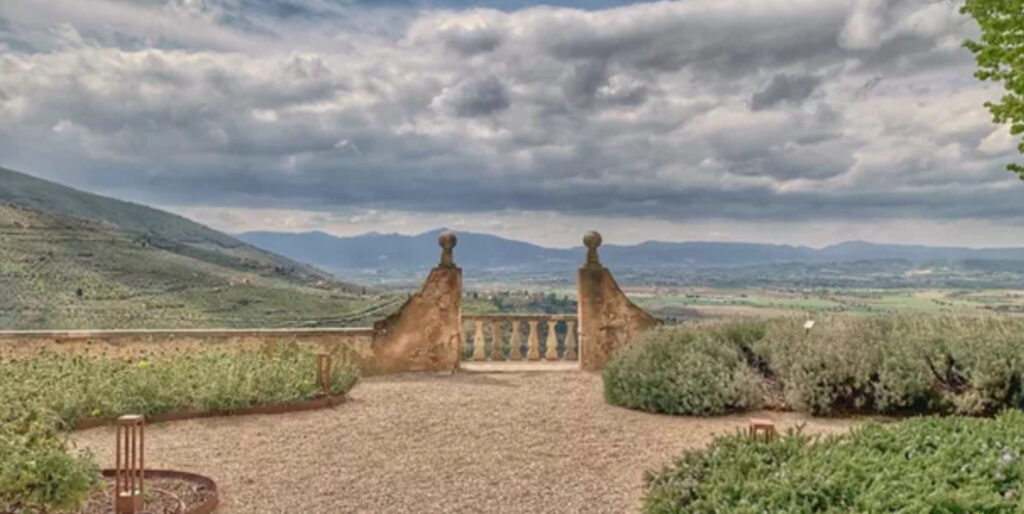
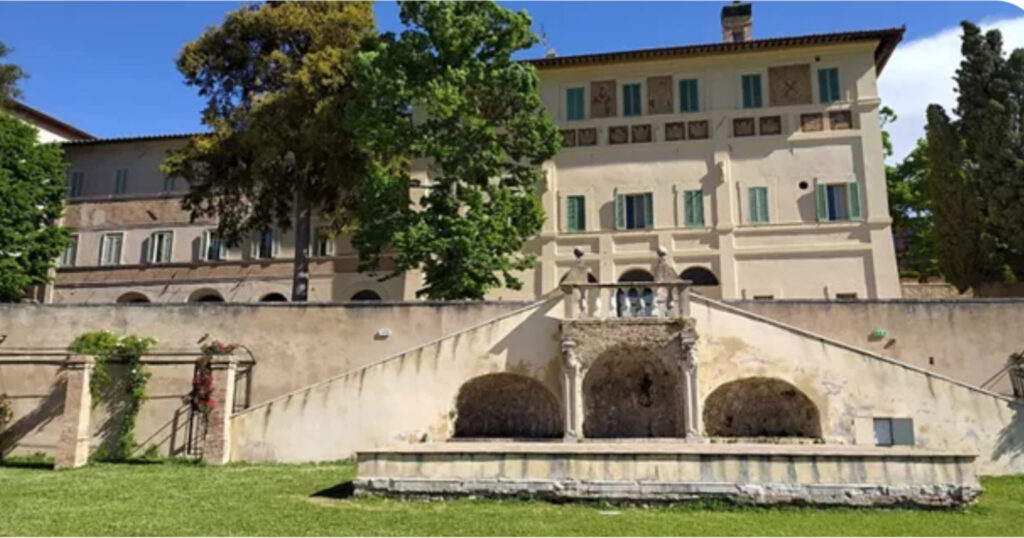
- Museo della Civiltà dell’Ulivo (Olive Tree Museum): This museum celebrates Trevi’s deep connection with olive oil production, showcasing historical tools and methods for cultivating olives and producing oil.
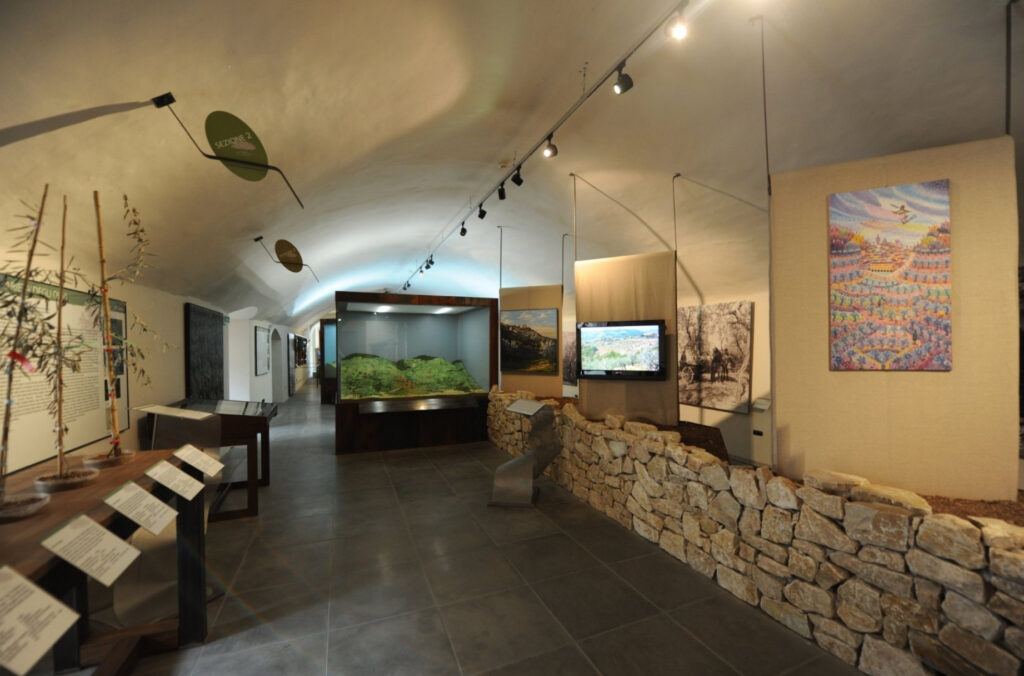
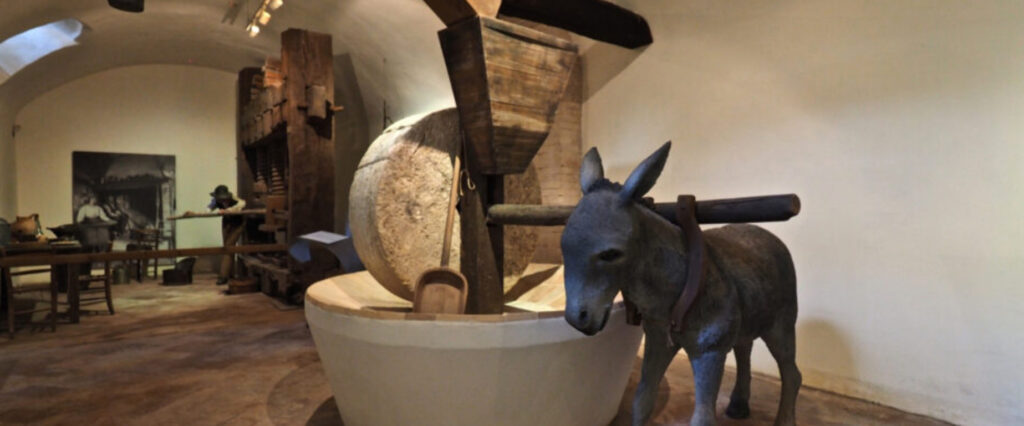
- Trevi’s Medieval Walls: Well-preserved city walls that offer a glimpse into the town’s medieval past and a walkable route with stunning panoramic views.
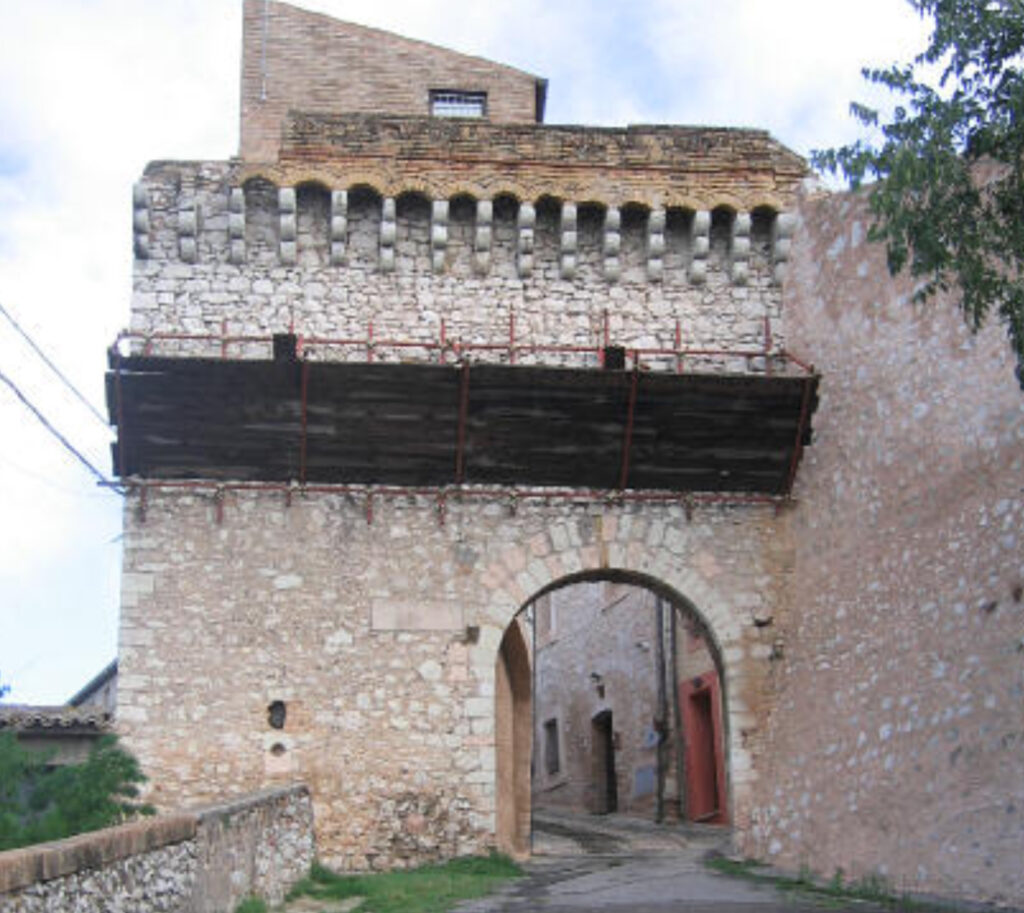
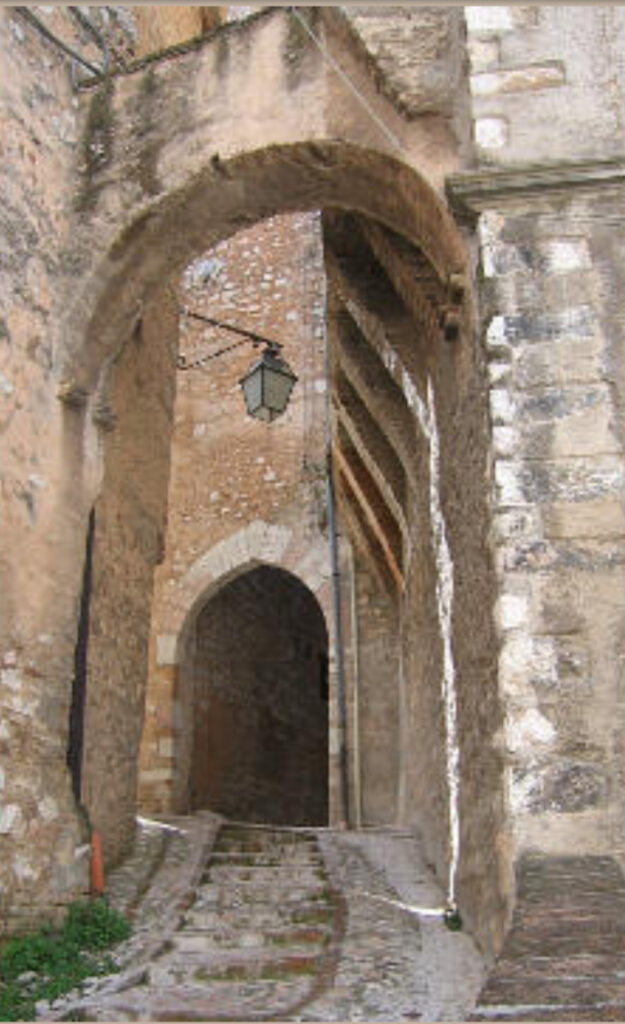
With an hour’s bus distance from Trevi, there are several interesting and easy hiking trails that allow you to explore the natural beauty of Umbria. Here are some of the best options:
1. Montefalco Loop Trail
- Location: Montefalco, about 20 minutes by bus from Trevi.
- Description: This is an easy circular trail that takes you through the charming vineyards and olive groves surrounding Montefalco, often called the “Balcony of Umbria” due to its panoramic views. The walk offers gentle terrain with beautiful views of the Umbrian countryside.
- Highlights: Sagrantino vineyards, scenic rural landscapes, Montefalco’s historic center.
2. Bevagna Countryside Trail
- Location: Bevagna, about 30-40 minutes by bus from Trevi.
- Description: This easy hike starts from the town of Bevagna and takes you through picturesque fields, olive groves, and vineyards. It’s a fairly level walk, making it accessible for all fitness levels. Along the way, you’ll also encounter remnants of Roman history.
- Highlights: Roman ruins, charming medieval streets, gentle countryside paths.
3. Fonti del Clitunno Trail
- Location: Fonti del Clitunno, around 15 minutes by bus from Trevi.
- Description: The Clitunno Springs are surrounded by an easy walking trail that allows you to enjoy the serene atmosphere of the area. This short loop trail is perfect for a relaxing nature walk, taking you along the banks of the clear springs and through shaded pathways.
- Highlights: Crystal-clear springs, lush vegetation, peaceful environment.
4. Spoleto to Ponte delle Torri Trail
- Location: Spoleto, about 45-50 minutes by bus from Trevi.
- Description: This easy hiking trail leads from the historic center of Spoleto to the Ponte delle Torri, a dramatic aqueduct bridge. The walk is scenic and not too challenging, suitable for beginners. Once at the bridge, you can continue along the woodland trails of Monteluco, which are also gentle and enjoyable.
- Highlights: The Ponte delle Torri, views of Spoleto, woodland paths around Monteluco.
5. Colfiorito Park Trails
- Location: Colfiorito, about an hour by bus from Trevi.
- Description: Parco di Colfiorito offers several easy trails through its wetlands and meadows. The trails are flat and well-marked, providing a great opportunity to see local wildlife and plants. It’s a lovely area for birdwatching and enjoying the peaceful natural landscape.
- Highlights: Wetlands, birdwatching opportunities, diverse flora.
These trails provide a nice combination of nature, gentle hiking, and the cultural charm of Umbria, all within a short bus ride from Trevi. They are accessible and easy, making them great choices for a relaxed day outdoors.
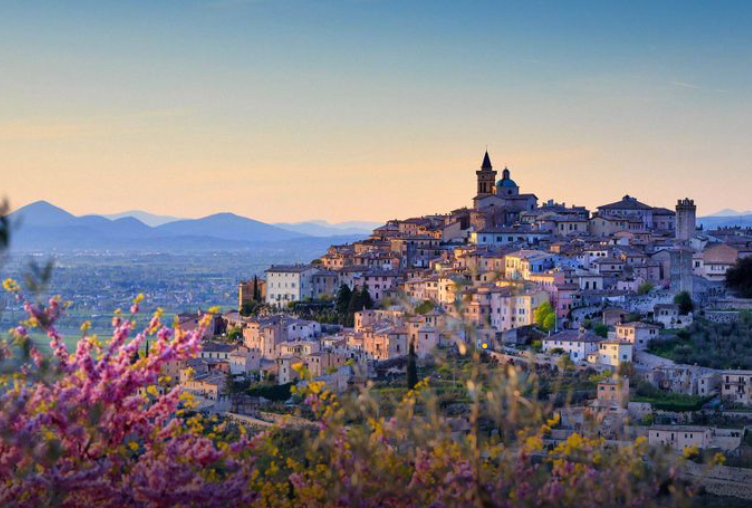
Here’s a one-day itinerary for visiting Trevi that includes exploring historical sites, easy hiking, and enjoying local food specialties:
Morning:
- 9:00 AM – Arrival and Breakfast
Start your day in Trevi’s historic center with a traditional Italian breakfast at Bar Centrale or Osteria La Vecchia Posta. Enjoy a cappuccino with a freshly baked cornetto (Italian croissant) to fuel your day. - 10:00 AM – Stroll through Trevi
Explore Palazzo Comunale and the Church of San Emiliano, taking in the medieval architecture and visiting the San Francesco Church and Museum. This will give you a good introduction to Trevi’s rich history and culture.
Late Morning:
- 11:30 AM – Olive Tree Museum and Walk Along the City Walls
Visit the Museo della Civiltà dell’Ulivo to learn about Trevi’s connection with olive oil production. Then, take a leisurely walk along the medieval walls of Trevi, offering great views of the surrounding countryside and olive groves.
Lunch:
- 1:00 PM – Lunch at a Local Osteria
Enjoy a traditional Umbrian lunch at Ristorante Taverna del Sette. Try the local specialties such as: - Strangozzi al Tartufo (handmade pasta with black truffle).
- Bruschetta with Trevi’s famed extra virgin olive oil.
- Pair your meal with a glass of Montefalco Rosso, a local red wine.
Early Afternoon:
- 2:30 PM – Easy Hike to Olive Groves and Villa Fabri
Take an easy, scenic hike through the olive groves surrounding Trevi. There is a well-marked trail starting near the historic center that leads you to Villa Fabri. The gardens here offer a peaceful environment with panoramic views of the valley below.
Late Afternoon:
- 4:00 PM – Visit the Clitunno Springs
Drive (or take a short taxi ride) to the nearby Fonti del Clitunno (Clitunno Springs). Walk the easy paths around the serene, crystal-clear waters. The springs have a tranquil atmosphere and are surrounded by lush vegetation, making it a perfect spot for relaxation.
Evening:
- 6:00 PM – Aperitivo at a Local Café
Return to Trevi and enjoy an aperitivo at La Cucina di San Pietro a Pettine, where you can sample a selection of local cured meats, cheeses, and olives, along with a glass of Sagrantino wine or an Aperol Spritz. - 7:30 PM – Dinner at La Prepositura
For dinner, head to La Prepositura, where you can try Umbrian dishes such as: - Piccione Arrosto (roast pigeon, a regional delicacy).
- Finish your meal with a traditional Tozzetti (biscotti-style cookies) paired with a sweet dessert wine like Vin Santo.
Wrap-Up:
This itinerary allows you to experience the cultural charm of Trevi, indulge in local specialties, and enjoy an easy hike through the scenic olive groves and nearby natural beauty.
